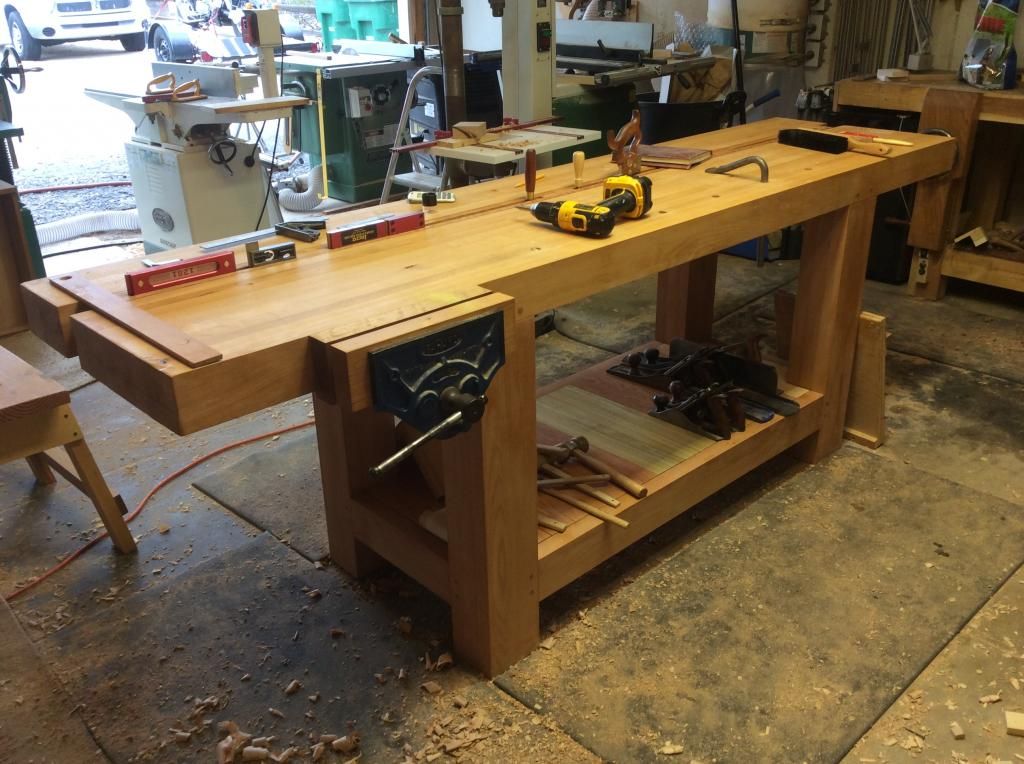For those of you who have worked on Split Top benches, what have you liked and disliked about them? I'm specifically interested in the split aspect, whether with the thin stop/chisel holding strip as in the Benchcrafted Split Top Roubo, or the wider tool tray style of Robert Lang's 21st Century Workbench




 Reply With Quote
Reply With Quote








